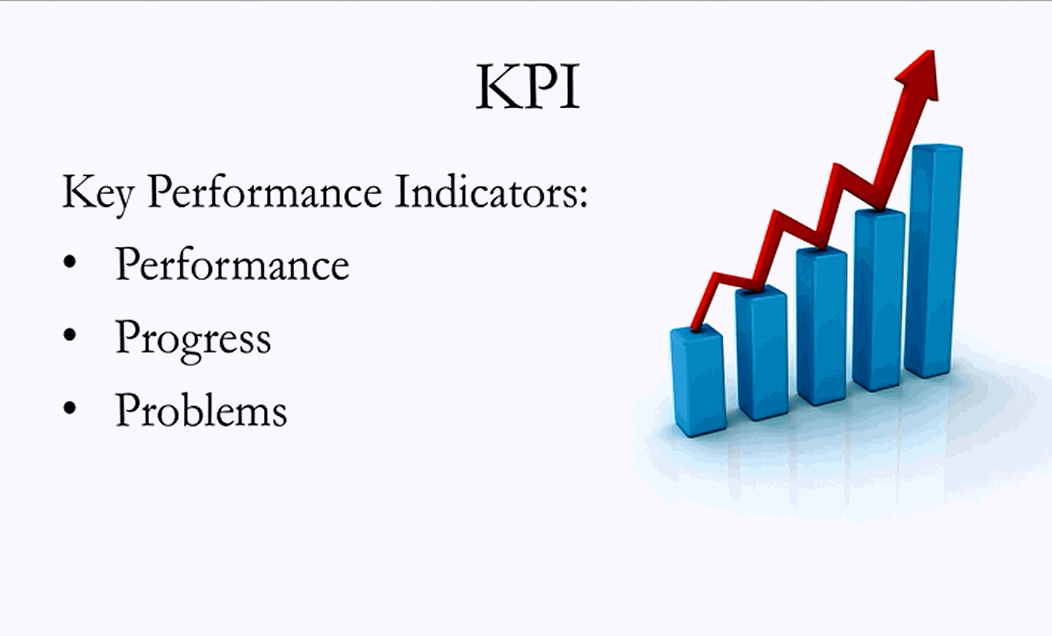
Measuring Overall Performance
A Director or Senior Manager within a company is likely to be most interested in overall performance and bottom-line financial results. For a haulage company incorporating warehouse operations, these could be measured by the following KPIs:
Overall cost of deliveries, such as cost per case/pallet
Total transport cost per trip
Total transport cost per drop
Total transport cost per unit
Kilometers per litre of fuel
Cost of maintenance
Total cost of warehouse operation
Customer service KPIs are also important because they can give you an idea about how your operation is perceived by the people that ultimately pay you. Important customer service KPIs could include the:
- Percentage of deliveries on time
- Number of customer complaints
- Number of failed deliveries due to:
- Not loaded
- Damaged
- Driver out of time
- Product not required
- Delivery point problem
- Sales/Order Process
Making Key Components of Your Operation the Central Focus
At an operational level, KPIs can give you a better idea of how drivers, fleets or depots might be performing. This information can help you compare the effectiveness of the managers at all levels in your business. Where some parts of an operation are consistently performing better than others, it may be possible to use KPIs to understand why this is the case and point to how to improve performance where necessary.
Important focus areas for KPIs in haulage operations can be split into 5 main areas comprising Costs, Operational, Service, Compliance and Maintenance; all of which could be presented by Vehicle, Part of Fleet or Company-wide.
Costs: It can be useful to understand how overall business revenues or business volumes change but also how revenue from different parts of your business fair relative to one another. Measures under this area could be average cost per unit delivered or average driver costs per kilometer.
Operational: Fuel represents around 30% of costs in the majority of transport operations. Measuring and monitoring fuel consumption is vital, as well as average kilometers per litre, average vehicle fill and average time utilization may be measured. Planning efficiency could be measured by vehicle fill, driver utilization, levels of empty running and kilometers per drop.
Service: Knowing how operational performance impacts on customer service can dramatically influence your actions, measures can include number of late deliveries, percentage of product damage and the number of customer complaint.
Compliance: Achieving high standards of compliance is a prerequisite to operating an efficient vehicle fleet with measures such as number of overloads, truck seizure due to documentation deficiency, vehicle traffic infringements and number of accidents.
Maintenance: Maintenance performance is also important, and the fleet maintenance manager might want to look at defect report completion and rectification, tyre wear and replacement rates, vehicle rescue response rate, volume of breakdowns and MOT pass rates.
Concluding Remarks
Measuring performance can take time, but is well worth the time spent if it drives efficiency gains, improves operational performance and increases service levels for clients. The starting point for any performance measurement system is to understand your current operational performance, and where the strengths and the weaknesses lie. This can be done by collecting data relating to daily operations and costs.
Reports and presentation of weekly and monthly data in the form of graphs can help to highlight areas for improvement. A simple Excel training for relevant staff in this regard can help a great deal. Try to identify relevant KPIs covering different areas of your operation. Use KPIs to measure your overall performance as an organisation as well as the performance of individual parts of your operation.
Regardless of which KPIs you choose, they should always be specific, measurable, achievable and realistic, while being monitored on a regular and consistent basis.






